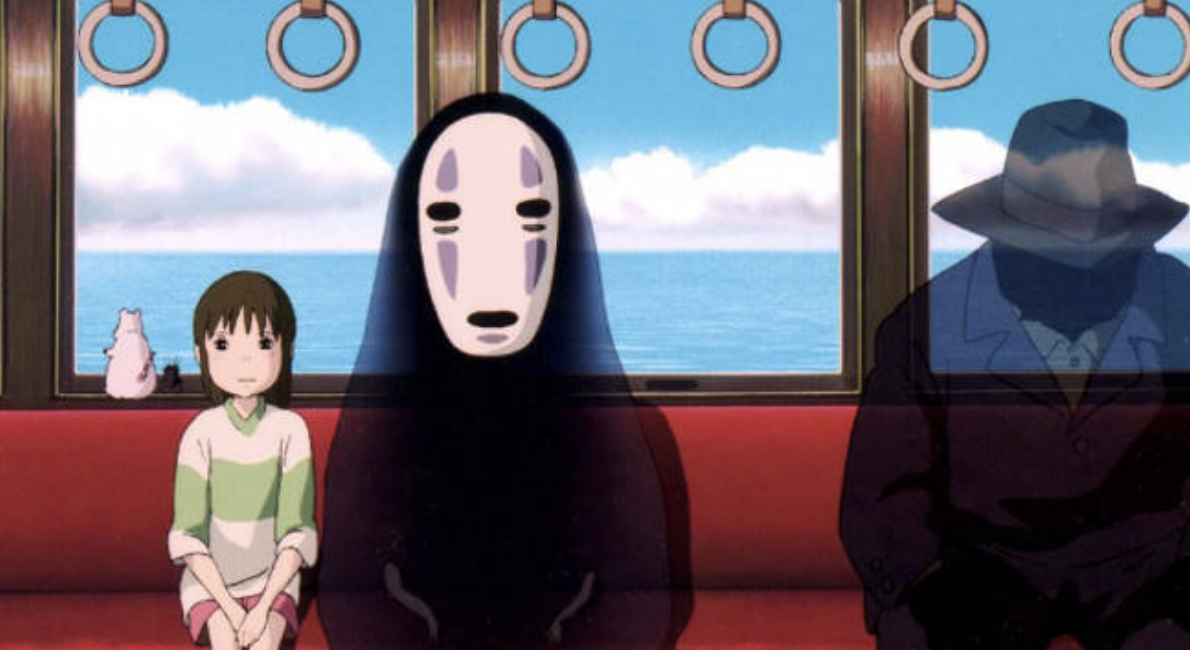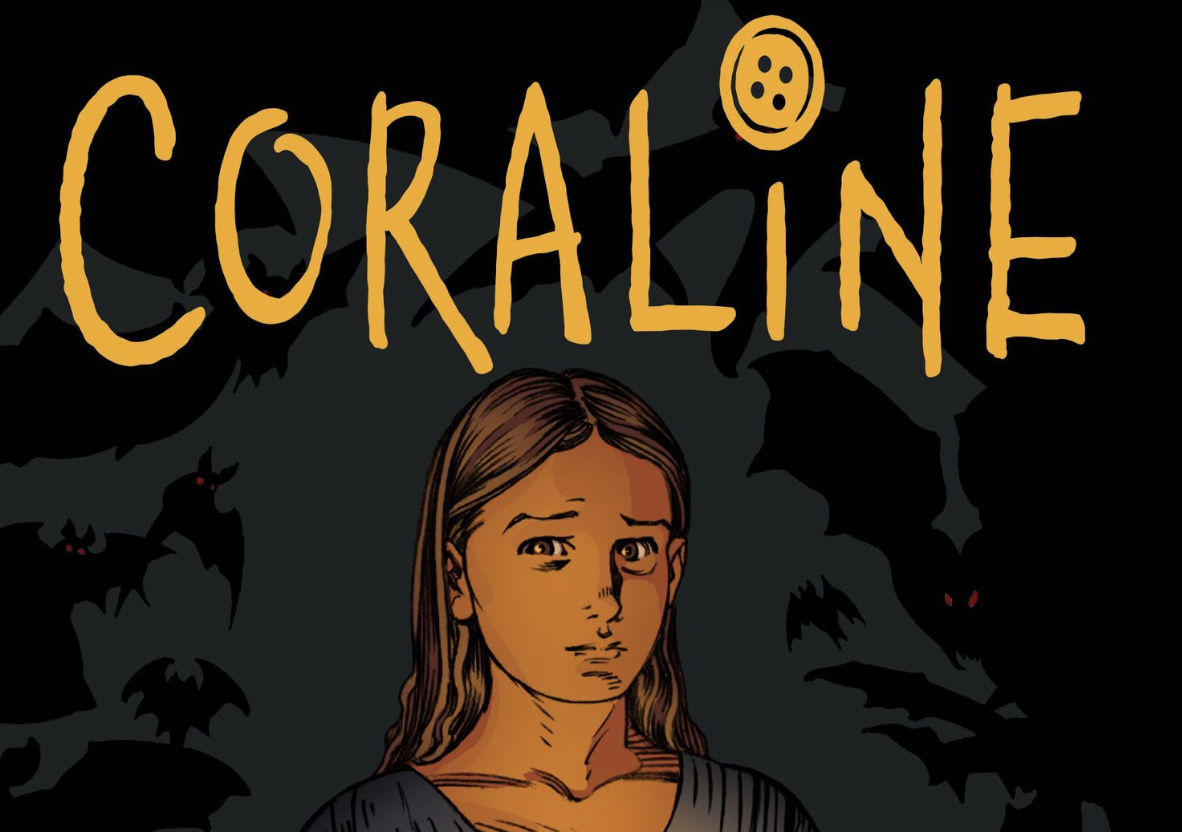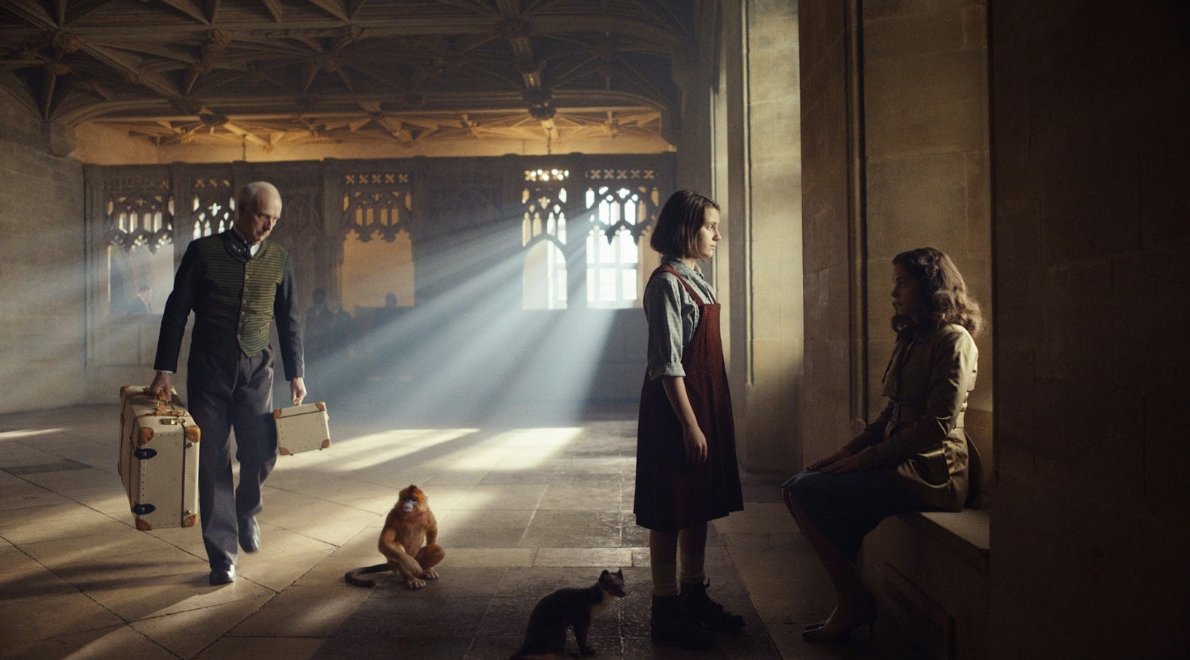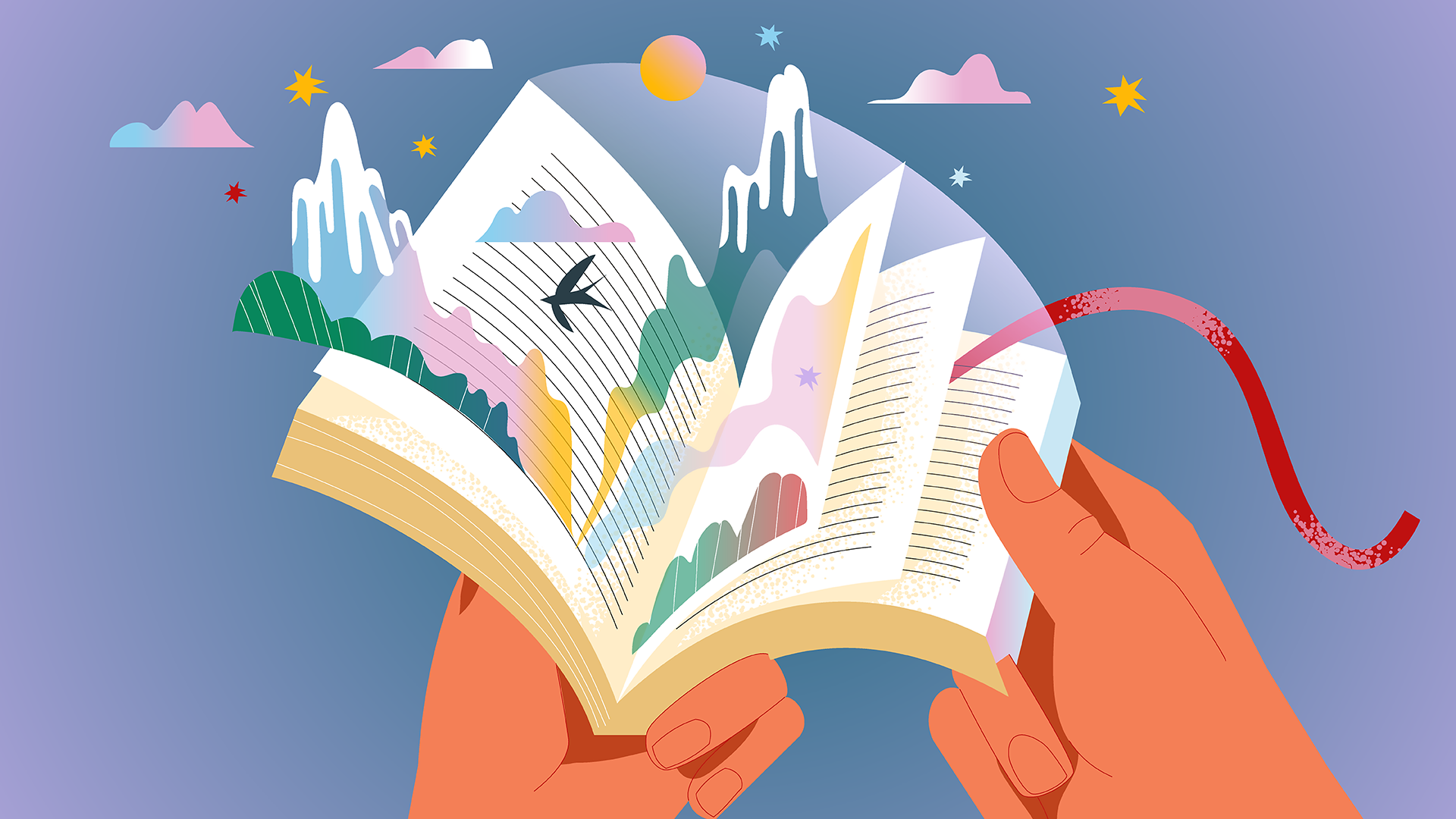Welcome, fellow animation aficionados! Grab your favorite book, because today we’re diving into the enchanting world of animation and literature adaptations. It’s a magical realm where words come to life, characters leap off the pages, and stories unfold in vibrant colors. Get ready to explore the art of translating books into captivating animated films and series!
What is Animation and Literature Adaptation?
Animation has always been a versatile medium, capable of bringing the wildest imaginations to the screen. From classic fairy tales to epic fantasies and contemporary novels, animation has the power to transform written works into visual masterpieces. It’s like stepping into a parallel universe where stories take on a whole new dimension.
Book-to-Movie Adaptations: In this type of adaptation, a book is selected and transformed into a feature-length animated film. The story is condensed and reimagined in a way that suits the animated medium, with careful consideration given to the visual elements, character designs, and narrative structure.
Book-to-Series Adaptations: In this case, a book or series of books is adapted into an animated television series. The source material is expanded and divided into episodes, allowing for a more comprehensive exploration of the story and its intricacies. This format often gives creators the opportunity to delve deeper into the world and characters, allowing for a more immersive experience.

Both forms of adaptation share the goal of bringing literary works to a broader audience and presenting them in a visually captivating and accessible manner. The adaptations aim to honor the essence of the original material while taking advantage of the creative possibilities offered by animation. The adaptations can breathe new life into beloved stories, introducing them to new generations and offering a fresh interpretation of familiar narratives.
One of the great advantages of adapting books into animated form is the freedom it allows. In literature, authors paint vivid worlds with their words, but animation takes it a step further by adding motion, sound, and dynamic visuals. This opens up limitless possibilities to embellish the story, create memorable characters, and transport the audience to extraordinary realms that were once confined to the realm of our imagination.
Animated adaptations also have a unique ability to capture the essence of a book’s characters. Think about it – when we read a book, we form images of the characters in our minds based on the author’s descriptions. But when an animator brings those characters to life, they add their own interpretation, breathing new life into them. Suddenly, beloved protagonists and villains become even more relatable, quirky, and endearing, making us fall in love with them all over again.
Furthermore, animation allows for the exploration of complex themes and ideas in a visually appealing and accessible manner. It breaks down barriers and engages both children and adults alike. Remember how Hayao Miyazaki’s “Spirited Away” delicately portrayed the themes of identity, environmentalism, and growing up?

It resonated with audiences of all ages and became a timeless masterpiece, showcasing the power of animation to touch our hearts and minds.
But let’s not forget the artistry behind the scenes. Translating a book into an animated film or series requires a team of passionate artists, animators, writers, and directors who collaborate to capture the essence of the original work. They carefully analyze the narrative, dissect the characters, and visualize the world in order to deliver an adaptation that honors the source material while also bringing something fresh and visually stunning to the table.
One of the most exciting aspects of adapting books into animation is the opportunity to introduce new fans to beloved stories. We’ve all experienced that thrill of stumbling upon a fantastic book and wanting to share it with the world. Animation allows us to reach wider audiences, including those who might not be avid readers. It bridges the gap between literature and visual storytelling, fostering a love for both mediums and encouraging viewers to explore the written word further.
In recent years, we’ve witnessed several successful adaptations that have left us in awe. From Neil Gaiman’s “Coraline”

and Roald Dahl’s “The BFG”

to Philip Pullman’s “His Dark Materials,”

these animated adaptations have breathed life into stories that have touched the hearts of millions. They’ve proven that when done right, animation can be the perfect medium to honor the depth and richness of literary worlds.
So, whether you’re an avid reader, an animation enthusiast, or simply someone who appreciates great storytelling, keep an eye out for those animated adaptations. They have the power to transport us, make us laugh, cry, and fall in love with new characters. They allow us to relive our favorite stories and discover new ones, all while showcasing the incredible talent and imagination of animation studios around the world.

Tips for Successfully Adapting Books into Animated Content
Understand the Source Material
Start by thoroughly reading and understanding the book you plan to adapt. Dive into its themes, characters, and narrative structure. Identify the core elements that make the story compelling and ensure that they are preserved in your animated adaptation.
Embrace the Essence, Adapt the Format
While it’s important to remain faithful to the spirit of the original work, remember that animation offers unique creative opportunities. Adapt the format to suit the strengths of animation, exploring visual storytelling techniques that enhance the story and engage the audience in new ways.
Identify Key Themes and Messages
Books often explore deep and complex themes. Identify the central messages or ideas within the book and find ways to translate them effectively into animated visuals. Use the power of animation to bring these themes to life, allowing viewers to connect emotionally with the story.
Streamline and Condense
Books can be expansive, and it may be necessary to streamline and condense the story for the animated adaptation. Select the most crucial plot points, characters, and arcs to maintain the story’s integrity while fitting it into a manageable runtime or episodic structure.
Develop Visual Aesthetics
Determine the visual style and aesthetics that will best capture the essence of the book. Consider the tone, setting, and characters, and how they can be visually represented in animation. Whether it’s a whimsical fantasy world or a gritty urban landscape, the visual style should complement the story and create a cohesive experience.
Focus on Characterization
Characters play a vital role in any story. Pay attention to their development and ensure that their traits, personalities, and growth are faithfully portrayed in the adaptation. Give careful consideration to their visual designs, expressions, and body language to make them come alive on the screen.
Enhance Emotional Engagement
Animation has the power to evoke emotions in a unique way. Leverage this strength to amplify the emotional impact of the story. Use animation techniques, such as expressive character animation, dynamic camera movements, and evocative sound design, to create an emotional connection with the audience.
Collaborate and Seek Feedback
Adaptation is a collaborative process. Engage in open communication with your team, including writers, animators, directors, and artists. Encourage their creative input and seek feedback throughout the development process. This collaboration will help refine the adaptation and bring fresh perspectives to the project.
Maintain a Respectful Approach
When adapting a beloved book, it’s crucial to approach the material with respect and care. Understand that fans may have strong attachments to the original work. Strive to create an adaptation that honors the source material while bringing something new to the table.
Stay True to Your Vision
While it’s important to consider feedback and collaboration, trust your creative instincts and vision for the adaptation. Stay true to your unique interpretation of the story and the animation medium. Be willing to take risks and push boundaries to create a memorable and impactful animated adaptation.
Conclusion
As we conclude our journey into the captivating world of animation and literature adaptations, we are reminded of the indelible bond between these two art forms. Animation breathes life into the written word, elevating stories, characters, and ideas to new heights.
Through animation, literature finds a new voice, captivating audiences with its vibrant visuals and stirring emotions. So, keep your eyes peeled for the next animated adaptation, and let yourself be whisked away on a magical journey where the pages of a book truly come alive!